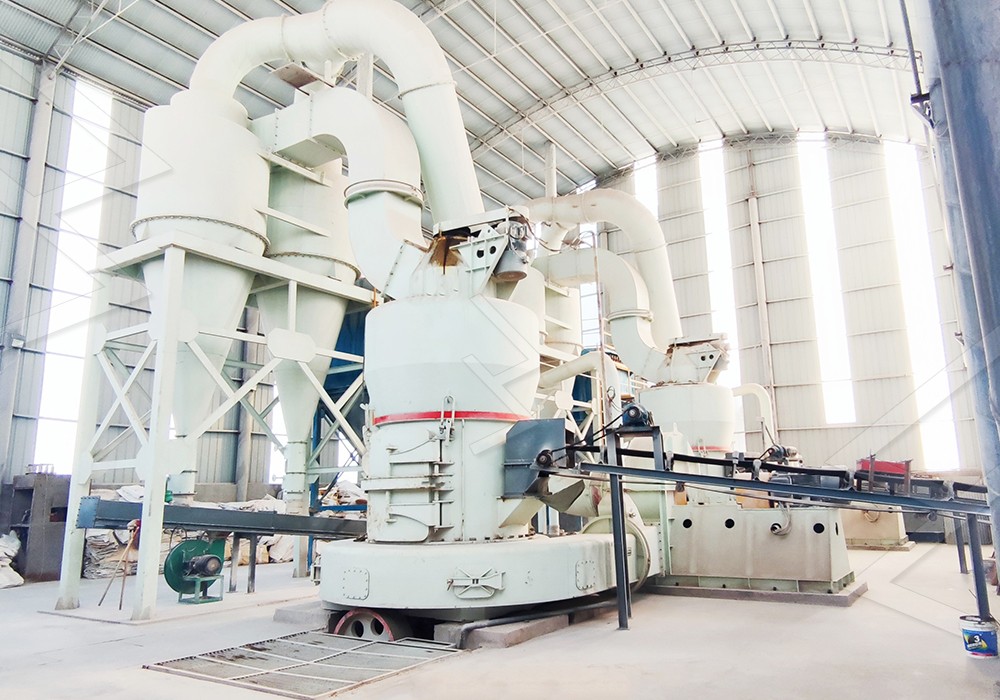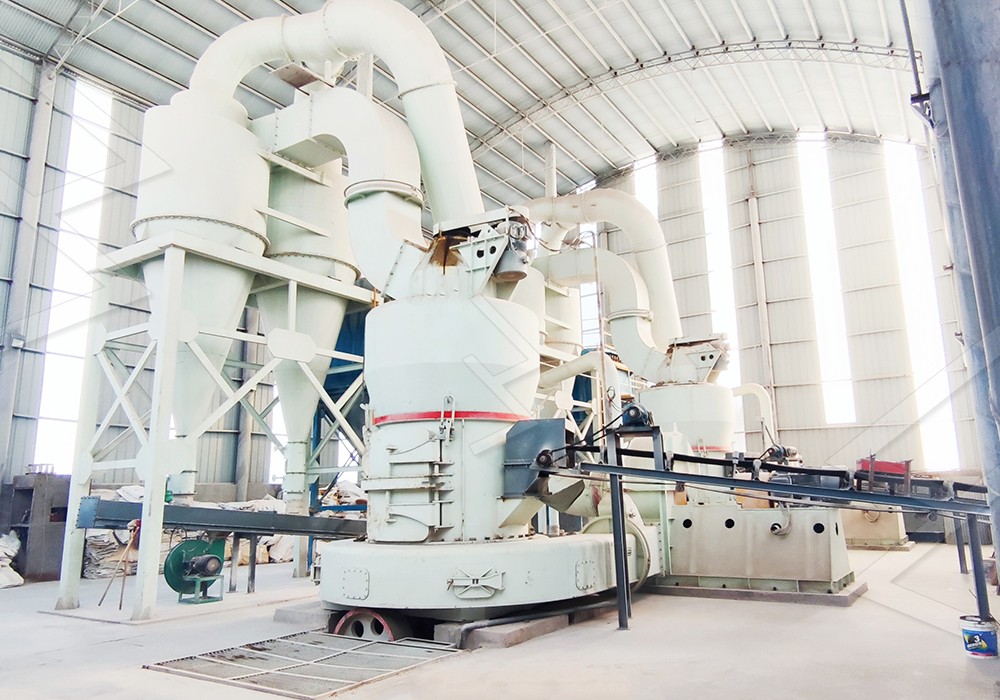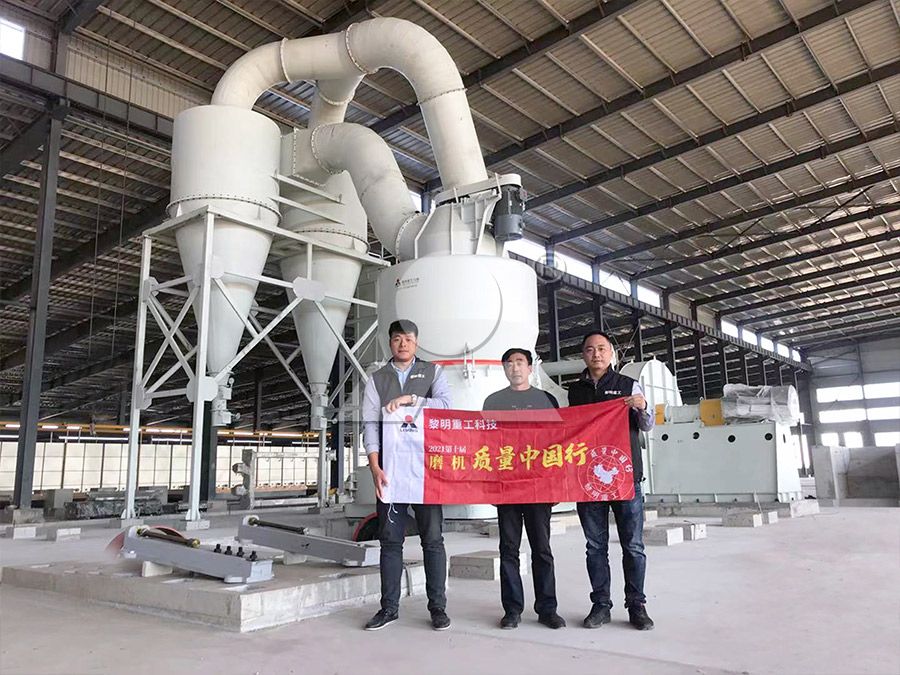Raymond Mill Process: Optimizing Grinding Efficiency and Particle Size Control
Raymond Mill Process: Optimizing Grinding Efficiency and Particle Size Control
In mineral processing and powder production industries, achieving precise particle size distribution while maintaining optimal grinding efficiency represents one of the most significant operational challenges. The Raymond mill process, a cornerstone technology in fine powder manufacturing, continues to evolve to meet these demanding requirements.
The fundamental principle of Raymond milling involves grinding materials between rotating rollers and a stationary grinding ring. Material fed into the grinding chamber undergoes multiple crushing and grinding actions before being carried by airflow to a classifier for size separation. This seemingly simple process conceals numerous technical complexities that directly impact final product quality and operational economics.

Critical Factors in Grinding Efficiency
Several parameters significantly influence Raymond mill performance. Feed size uniformity stands as a primary consideration, as inconsistent material sizing creates uneven grinding pressure and reduces overall efficiency. Material hardness and moisture content similarly affect grinding dynamics, with excessive moisture leading to clogging and reduced throughput.
The relationship between grinding pressure and rotational speed requires careful calibration. Optimal pressure ensures sufficient material compression without excessive roller wear, while appropriate rotational speed maintains the necessary centrifugal force for proper material distribution across the grinding zone. Modern control systems now allow real-time adjustment of these parameters based on material characteristics and desired output specifications.
Particle Size Control Strategies
Effective particle size management begins with understanding the classification mechanism. The integrated air classifier separates fine particles from coarse material through centrifugal force and airflow manipulation. By adjusting classifier rotor speed and airflow volume, operators can precisely control the cut point between finished product and material requiring regrinding.
Advanced classification technologies, such as the multi-head cage-type powder selector found in our MW Ultrafine Grinding Mill, represent significant improvements in separation precision. This German-engineered technology enables fineness adjustment between 325-2500 meshes with screening rates achieving d97≤5μm in a single pass. The MW series handles input sizes up to 20 mm with capacities ranging from 0.5 to 25 tph, making it ideal for customers requiring ultra-fine powder production across various materials including limestone, calcite, dolomite, and specialized applications in chemical, paint, and cosmetic industries.

Operational Optimization Techniques
Preventive maintenance protocols substantially impact long-term grinding efficiency. Regular inspection of grinding elements—rollers, rings, and classifier components—helps maintain consistent particle size distribution. The unique design of the MW Ultrafine Grinding Mill eliminates rolling bearings and screws within the grinding chamber, significantly reducing maintenance concerns related to bearing damage or loose fasteners causing machine failure.
Energy consumption optimization represents another critical consideration. Comparative studies indicate that properly configured Raymond mill systems can reduce energy usage by 30-50% compared to alternative grinding technologies. Our MW series demonstrates particular efficiency, delivering 40% higher production capacity than jet grinding mills with equivalent fineness and power consumption.
Environmental Considerations
Modern grinding operations must address environmental regulations concerning dust emissions and noise pollution. Integrated pulse dust collection systems, such as those incorporated in the MW Ultrafine Grinding Mill, effectively contain particulate matter throughout the milling process. Combined with silencers and noise elimination rooms, these systems ensure compliance with stringent environmental standards while maintaining operational efficiency.

For operations requiring even higher precision and specialized capabilities, our LUM Ultrafine Vertical Grinding Mill offers exceptional performance. With input sizes up to 10 mm and capacities from 5-18 tph, the LUM series integrates the latest grinding roller technology with advanced German powder separating technology. Its unique roller shell and lining plate grinding curve design promotes stable material layer formation, enabling high finished product rates through single-pass powder milling while enhancing whiteness and cleanliness.
Frequently Asked Questions
What is the typical particle size range achievable with modern Raymond mills?
Advanced models like our MW Ultrafine Grinding Mill can produce powders ranging from 325 to 2500 meshes, with high-precision models achieving d97≤5μm particle sizes.
How does material moisture content affect grinding efficiency?
Excessive moisture (typically above 10%) can cause material adhesion, reduced throughput, and increased energy consumption. Proper pre-drying or selecting mills with integrated drying capabilities is recommended for high-moisture materials.
What maintenance advantages do contemporary designs offer?
Modern mills like our MW series feature no rolling bearings or screws in the grinding chamber, eliminating common failure points. External lubrication systems enable maintenance without production stoppages.
How significant are energy savings with optimized Raymond mill systems?
Properly configured systems can reduce energy consumption by 30-50% compared to conventional grinding mills, with some applications achieving even greater efficiency.
What environmental controls are typically integrated?
Modern systems include pulse jet dust collectors, silencers, and fully enclosed negative-pressure operation to contain dust and reduce noise emissions well below regulatory limits.
